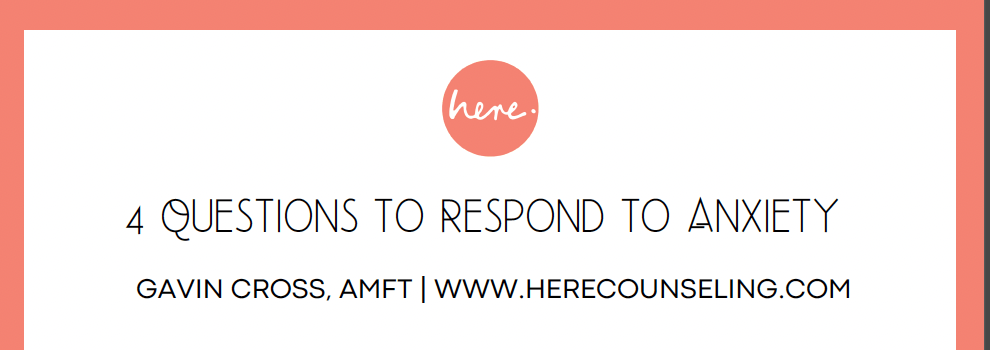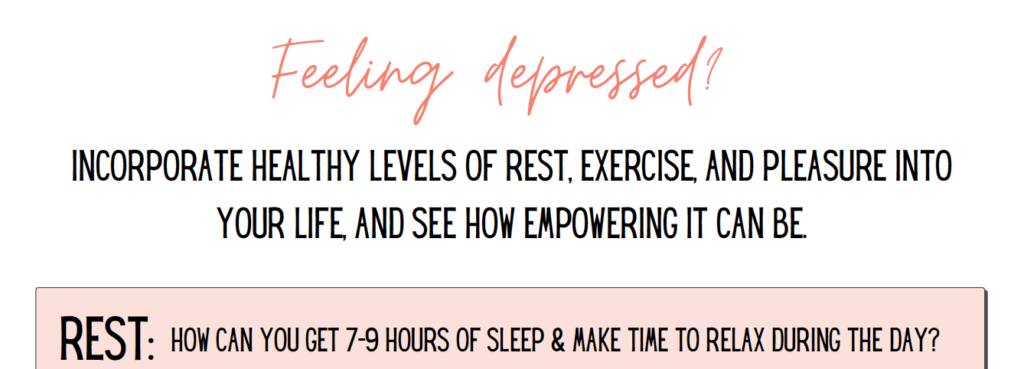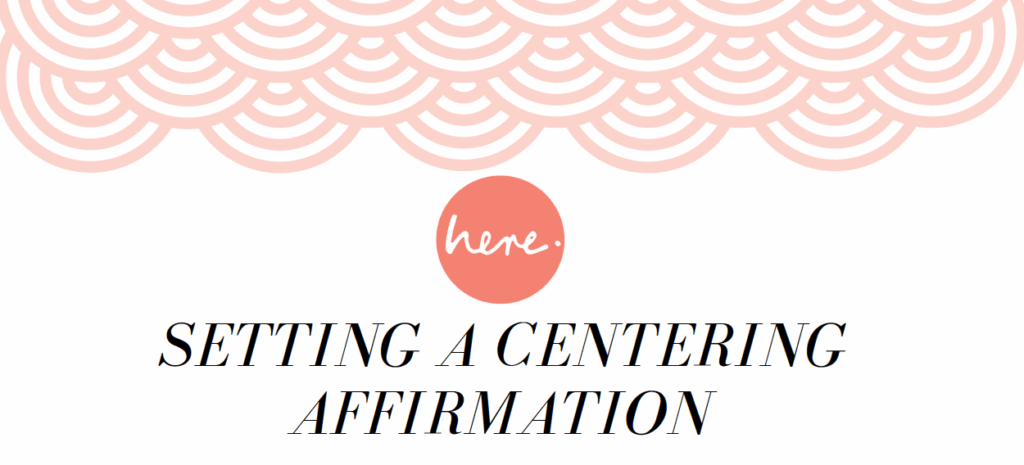Am I Too Stressed? 3 Indicators Men Don’t Notice!

Stress hits every individual differently, regardless of gender orientation or expression. But men struggling with too much stress often adopt negative coping skills that may not always be obvious. These negative coping skills, such as irritation, escape, unhealthy eating, and maladaptive digestion to name only a few, can effect way more than just your mental health.
Stress is sometimes good. It can keep you motivated to get your work done, stay social, and maintain a healthy lifestyle. But chronic stress results in health complications that can limit your quality of life.
Here are the physical, mental, and emotional signs that indicate you’re at risk of developing chronic stress.
What are Physical Indicators of Stress in Men?
We often think of stress as worry or fear of that upcoming deadline or of checking off enough items on the to-do list. But often we fail to realize that stress comes with many physical symptoms as well.
Chronic stress is evidence of an overactive fight or flight response which, by nature, draws your body’s attention away from important functions like digestion and immunity, and instead increases your heart rate, muscle energy, and breathing. Chronic stress can therefore increase infection risk and slow healing, and cause problems in your gut and nutrition absorption.
Physical indicators of stress:
- Chest pain
- Irregular heartbeats
- Elevated blood pressure
- Body weakness or fatigue
- Shortness of breath
- Muscle spasms
- Neck or lower back pain
- Vertigo or Dizziness
- Tension Headaches
In addition, you may also experience:
- Tightness in the throat
- Increased thirst or mouth dryness
- Teeth grinding or locked jaw
- Frequent sweating
- Abdominal cramps
- Digestive issues such as constipation, diarrhea, or indigestion
- Skin problems such as acne or blemishes
- Weight gain or loss
If you’re experiencing any physical signs of stress, do not ignore them. Find the right therapist and visit your doctor to make sure you’re not suffering from any underlying medical issues.
What are the Psychological Indicators of Stress in Men?
When your body is under the influence of stress, it produces hormones like cortisol, affecting your thinking pattern.
Stress also blocks the release of happy hormones from your brain, such as serotonin and dopamine.
Psychological indicators of stress include:
- Lack of sleep or insomnia
- Social withdrawal
- Inconsistent sex drive or libido
- Constant mood swings
- Fidgeting or irritability
- Frequent hunger pangs or starvation
- Escape to alcohol or other substances
- Diminished productivity or creativity
If you find yourself checking off items from these lists, check out Kristi’s recent post on 3 tried-tested ways to clear your mind. It’s pure gold! And if you find yourself craving extra guidance, reach out to us for a free consult.
What are the Emotional Indicators of Stress in Men?
Whenever stressed, your brain tends to entertain irrational beliefs. These unhelpful thoughts can cause incredibly painful emotions, and sometimes harmful choices that can lead you down a direction contrary to what you imagined for yourself.
Emotional indicators of stress:
- Regular crying spells
- Staying at home more than usual
- Avoiding friends or family
- Saying “no” to activities you usually enjoy
- Frequent nightmares
- Obsessive or compulsive behaviors
- Escape to alcohol or substance use
Find ways to bring oxygen to your difficult emotions by opening up with safe individuals. By releasing tough feelings from your body, you free your body to return to its baseline, peaceful functioning.
Does Stress Make You Sick?
With your fight or flight system calling the shots, your body’s ability to maintain your physical health is hijacked. This can put you at risk of cardiac disorders, gastrointestinal disorders, increased virus risk, sexual dysfunction, or other physical difficulties.
Here’s the bottom line:
Stress disrupts every phase of your life and snatches your independence by putting you at a higher risk of developing multiple mental and physical disorders. If you’re experiencing a majority of the above-mentioned physical, mental, or emotional factors, you might be at risk of chronic stress.
You owe it to yourself to seek help. Visit your doctor to insure you aren’t suffering from a medical condition. Feel free to reach out to me or the other therapists at Here Counseling if you’d like an experienced guide on your side as you navigate your way out of chronic stress.

















